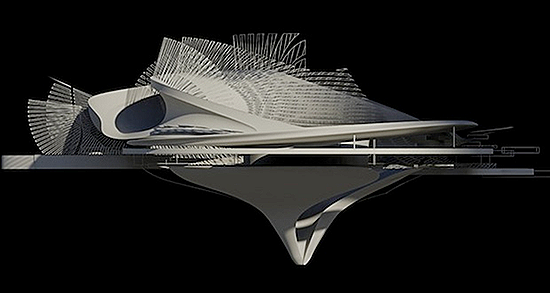
Innovations in modes of transportation keep moving forward. This week, we bring you cars powered by saltwater and air, another one that has been 3D-printed and yet another whose interior adjusts like a Swiss Army Knife.
1. The World's First Saltwater-Powered Electric Car
The Quant e-SportlimoNanoflowcellusine is the world's first saltwater-powered electric car. It was unveiled earlier this year at the Geneva Motor Show, but this week it received official approval in Europe to be road-tested.
2. Eco City
Cities in China are not known for their eco-friendliness. But a new collaboration between China and Singapore could put the country in a new light. Binhai Eco City, a 6.8-square-mile development, shows skyscrapers and green space living in harmony. The project also promotes clean, renewable energy. Holm Architecture Office plans to connect the city with Beijing via a high-speed rail system and will build up the city to reduce traffic, which will move underneath.
3. 3D-Printed Car
Seems like everyone and their uncle is 3-D printing one thing or another these days. The folks at Arizona-based Local Motors just printed a car from carbon fibre and plastic. What sets them apart is that they printed their car in 44 hours. On top of that, the car has only 40 separate components compared to the thousands of parts that comprise conventional cars.
4. Sea-Urchin-Inspired House
The Hydroelectric Tidal House, envisioned by architectural designer Margot Krasojević, is inspired by the sea urchin, a spiky sea critter that clings to rock in surf zones. The house has an inner and outer shell that captures water flowing with the tides and converts it to electricity.
5. Urban Utility Car
Toyota‘s Calty Design Research Studio just showed off its Urban Utility concept car, a small, four-passenger vehicle that folds down, rolls out and packs up to accommodate just about any configuration your heart desires. Surfboards, bikes and bulky sports equipment? No problem. It all fits.
6. Speedflex Helmet
Football is getting some bad press these days. But there is some good news coming from sports equipment designer, Riddell. The company's new Speedflex helmet has a hinged rubber-padded panel at the front that, during a collision, "collapses" by up to a quarter of an inch to help absorb the impact.
7. Jetpack for Runners
This jetpack will get you flying - horizontally, that is. Researchers from Arizona State University are testing a jetpack that has dual jet nozzles to generate continuous thrust and enhance the speed of a runner. In trials, runners went farther and burned less energy than those who weren't wearing a jetpack. Scientists think the technology could help soldiers go farther and faster on the field.
8. Inflatable Snake Robot
This pneumatic, soft-sided snake robot is able to wiggle and worm its way through a simple, walled maze. It was designed by scientists at MIT to work as a kind of appendage on more rigid robots. The snakey feature could reach inside tight, complex spaces to see what's inside. That feature could come in handy when inspecting the inside of rubble heaps after a disaster or checking pipes for damage or leaks.
9. Hybrid Gas-Air Car
French automaker Peugeot has announced its gas-air hybrid car, which they say can get 117 miles to the gallon. The 208 Hybrid 2L Demonstrator uses a tank of compressed air to power a hydraulic motor. Drivers can use the air-only mode for city routes or switch to gasoline for highway trips.
10. Laser Turret
Lockheed Martin has completed initial flight tests on a prototype aircraft turret that can direct a high-energy laser weapon in a 360-degree area. That would give an aircraft the ability to engage an enemy or shoot down missiles from above, below, in front and behind. Flow control and optical compensation technologies successfully counteracted the effects of turbulence.
Top image: The Conceptual Hydroelectric Tidal House. Credit: Margot Krasojević via Inhabitat.
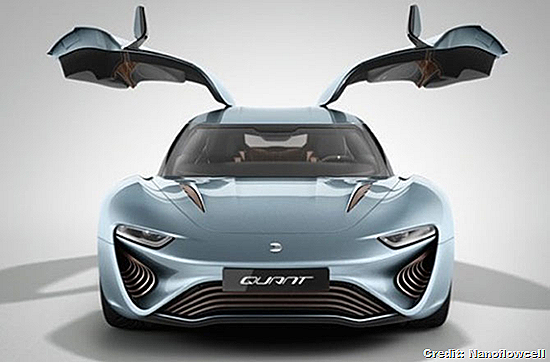

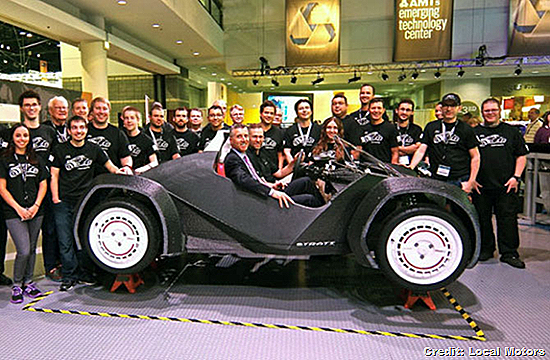
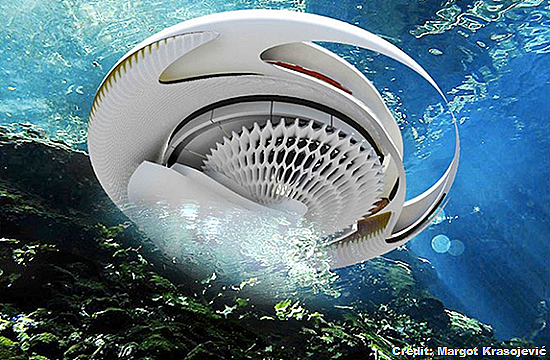


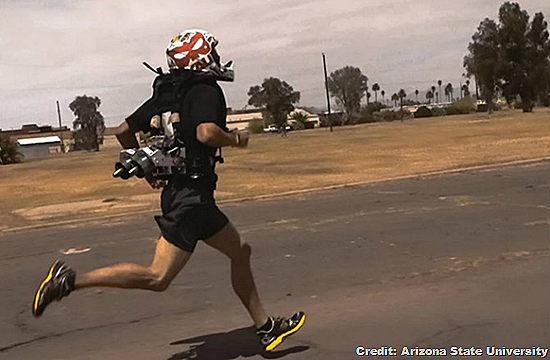
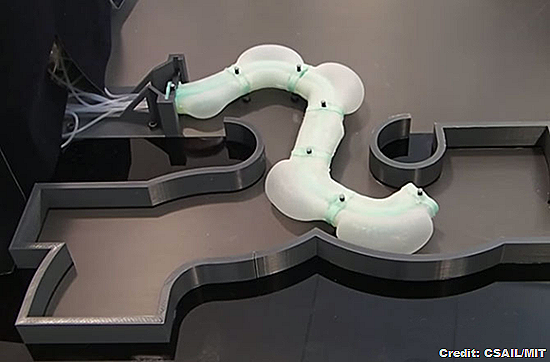
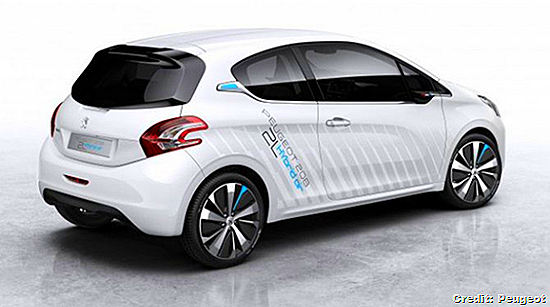
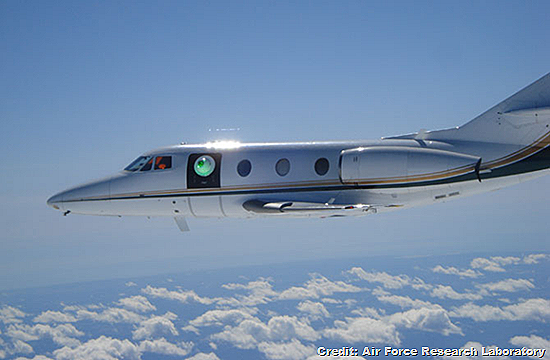
No comments:
Post a Comment
Please adhere to proper blog etiquette when posting your comments. This blog owner will exercise his absolution discretion in allowing or rejecting any comments that are deemed seditious, defamatory, libelous, racist, vulgar, insulting, and other remarks that exhibit similar characteristics. If you insist on using anonymous comments, please write your name or other IDs at the end of your message.